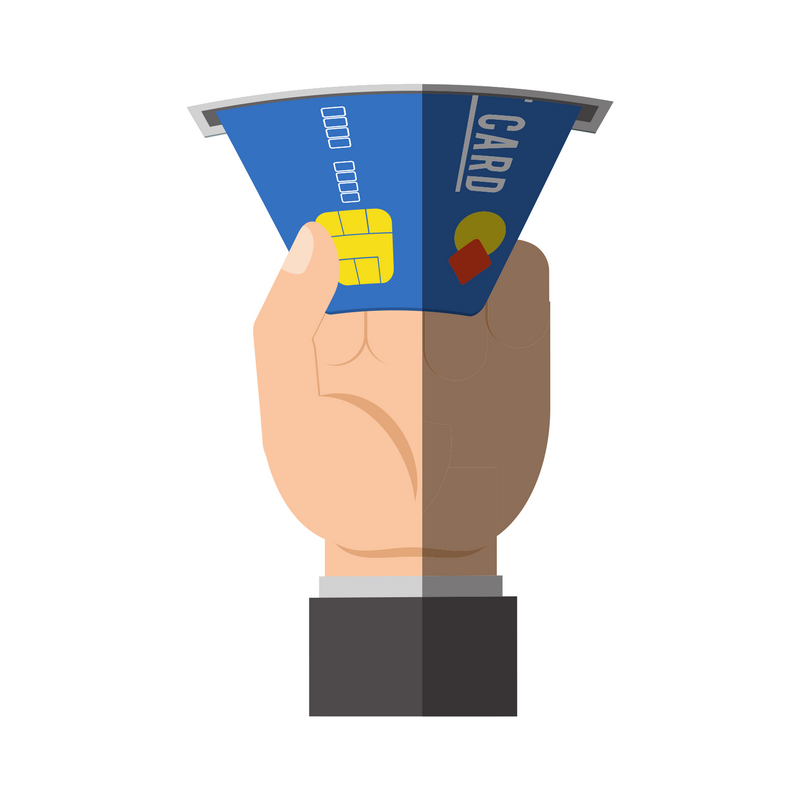Identity Theft 101
What is Identity Theft?
Identity theft, simply put, is the acquisition of another person’s personal information in an effort to commit fraud. Personal information can include social security numbers, addresses, credit card numbers, etc. Once a person has access to such information, they will be able to impersonate that person and take out loans, make big-ticket purchases (such as cars, electronics, etc.), access bank accounts, etc.
Identity theft is serious and could cost anywhere from hundreds to thousands of dollars and countless hours of your time in an attempt to repair the damage. Victims of identity theft stand the risk of being denied loans, housing, or cars due to the information found on their credit report. In some extreme cases, people can also be arrested for crimes they did not even commit.
How does Identity Theft happen?
The most important thing to understand about identity theft is that it can happen to anyone. Whether you’re a wealthy business owner, a student, or a parent – you are at risk for identity theft. The ways identity theft can happen range from someone simply stealing your mail to hacking into your computer.

PHISHING
Receiving an email from someone claiming to be a legitimate organization, such as a bank or credit card company, in an attempt to get the user to surrender private information to be used for identity theft.

DUMPSTER DIVING
Going through trash to obtain items with personal information on them such as old receipts, bank statements, bills etc.

SKIMMING
Acquiring personal information by copying a card’s magnetic strip through a fake card reader. Once the card is swiped, the information from the magnetic strip is downloaded and can be used to create a forged card.

DIGITAL
The internet is everywhere and friendly WiFi access points make it easy for thieves to steal passwords and other personal information over these unsecure WiFi connections.

VICTIM ASSISTED COMPROMISE
Sometimes, without realizing it, people will divulge personal information to friends, family and/or strangers that a thief can either record or make a note of for later use.

PRETEXT PHONE CALLS
Thieves will call someone pretending to be a bank official, survey taker, IRS agent or other official in order to make them divulge their personal information.

THEFT
Old fashioned theft is a popular ID theft technique. Thieves will break into a home, car or bank to obtain documents and information. They’ll even pickpocket or go through unattended bags to get fast cash, credit cards or other personal info.
Skimming: What do I watch for?
- Inspect the ATM or credit card reader before using it. Look for exposed wires, scratches or warning labels that have been cut/torn off. Be suspicious of damaged or loose equipment.
- When entering your PIN, block the keypad with your hand to prevent possible hidden cameras from recording your number.
- Be careful of ATM's in tourist areas as they are popular skimming targets.
- If your card is not immediately returned after the transaction, contact your card's financial institution right away.
Safety: What Can I do?
- Don't use the same password for every account.
- Vary them and avoid easily guessed passwords.
- Never store sensitive information on your computer.
- Back it up on an external drive or store it on a CD.
- Don't download email attachments from people you do not know. Do not click on any links in suspicious looking e-mails. If your bank is asking you for information, go to the website directly and check your account there.
- Install anti-virus software on computers and mobile devices. Even Apple computers need anti-virus software.
Viruses: What Are They?
- Spyware is the virus that monitors your browsing activity and is installed without your knowledge.
- Keyloggers are a spyware virus that record every keystroke you make on your device. They can also take screenshots of your online activity. Usually this is done through malicious websites, downloading spam e-mail attachments or file sharing on friendly access points.
- Backdoor Trojans are a virus also transmitted through downloading spam e-mail attachments. They can allow hackers remote access to your computer in addition to downloading spyware such as keyloggers.
